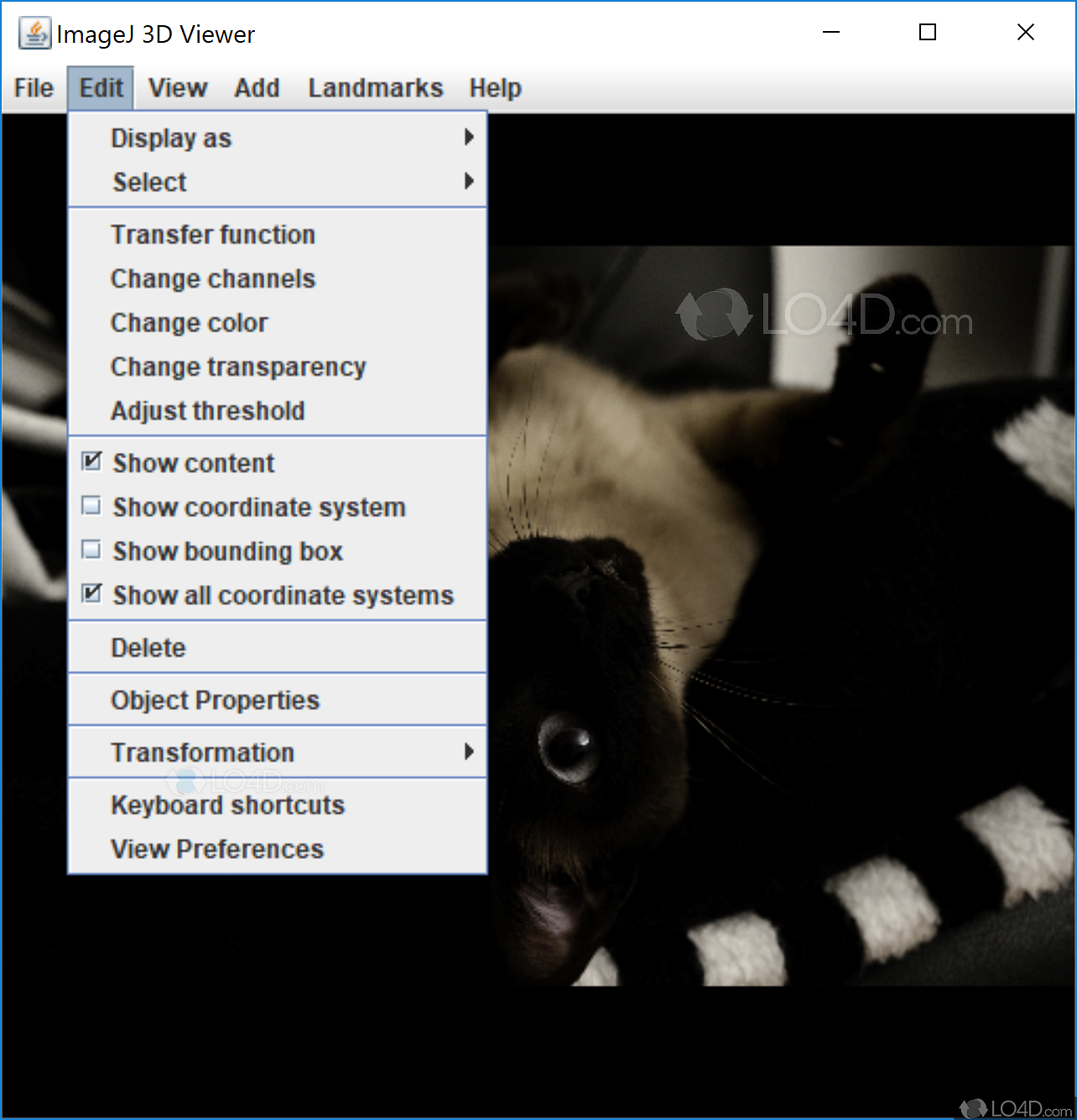


Such a segmentation is used to generate labelled masks of the individual objects (multi-label image above). We automatically select the Freehand selection tool for you which will close the running line you draw when the left mouse button is released, resulting in a closed contour. This type of segmentation means the boundaries of the objects are marked with contours for each individual object separately. The figure also shows how the given annotation types can be exported with the supplemented exporter plugin. Please check our guide for a quick overview of the functionalities of the plugin. This will open the AnnotatorJ plugin in a new window.įirst you need to open a new image and select the type of annotation you would like to do from the listĪn overview of the annotation types is demonstrated below. Locate /your/extracted/path/annotator_Project-0.0.1-SNAPSHOT.jar.To start using the annotation tool after installation: To add this update site to your Fiji installation, please follow this tutorial on. The standalone version starts the AnnotatorJ plugin on startup. No installation is needed for releases simply extract the archive to any empty folder on your computer. Using a release versionĪ standalone built version that only contains the core ImageJ functionality and this plugin is provided.Ĭurrently, Windows and Linux versions are available. NOTE: Building from source is also possible using an IDE e.g.
#Imagej download install
# optionally, set the Fiji install folder here: # mvn clean install =d:\FIJI\Fiji.app\


 0 kommentar(er)
0 kommentar(er)
